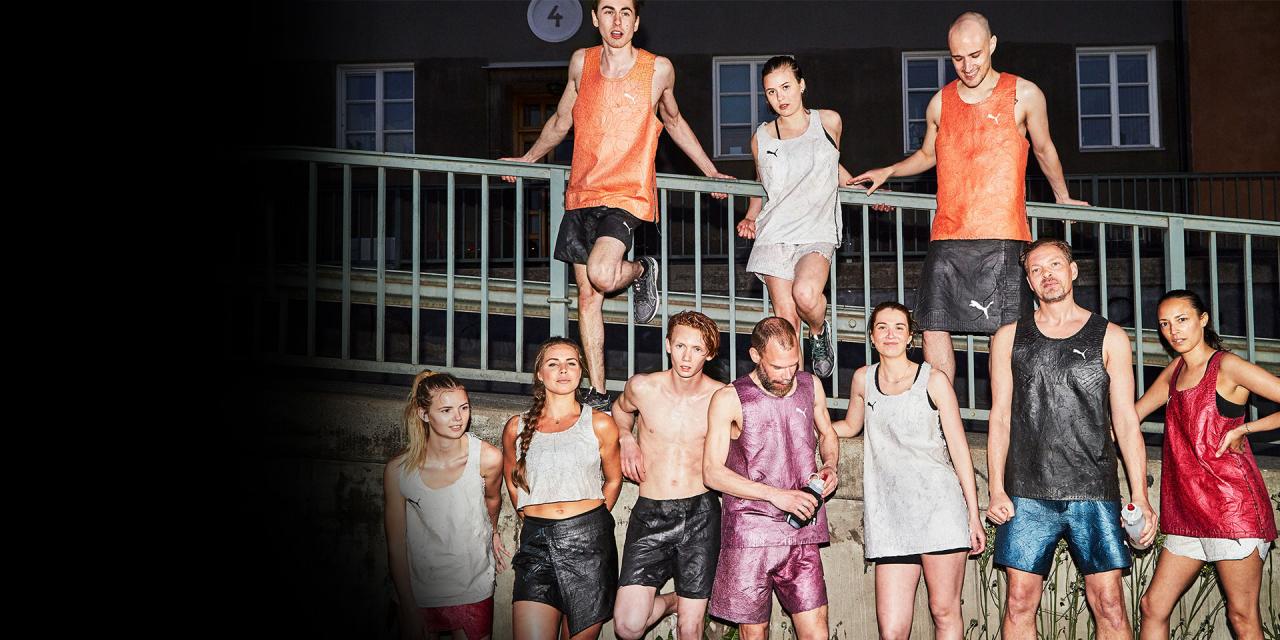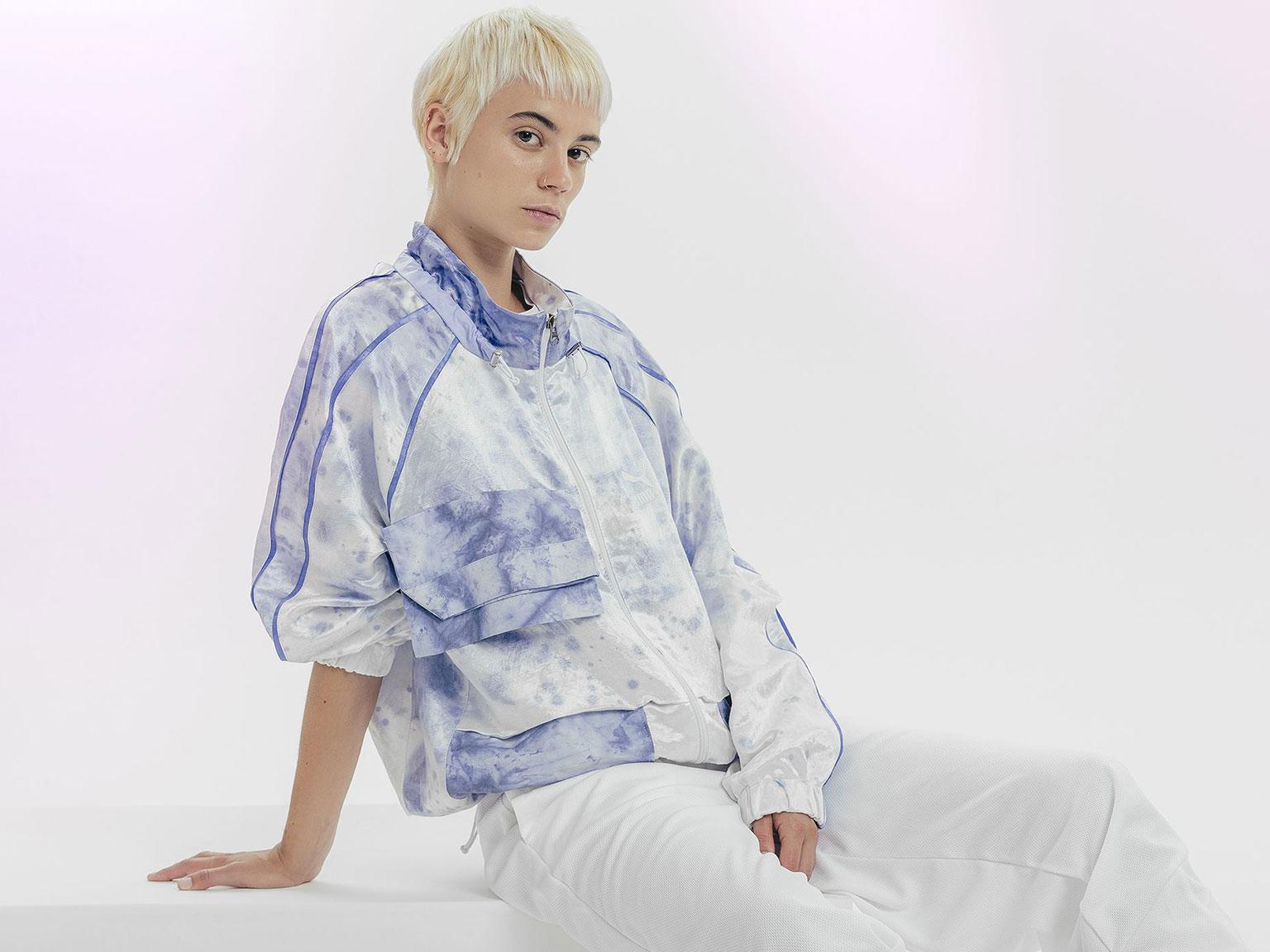
Dutch design project Living Colour uses bacteria to dye textiles. The bacteria are fed with a nutrient which makes them produce a pigment, which can then be used to dye almost any kind of fiber.
Swedish design studio Streamateria makes fabrics in closed material loops, which become a source of raw material after they have been worn. This is made possible through a circular production chain with zero tolerance to waste. Streamateria materials are constructed out of a printed mesh-structure, which is coated with a bioplastic, creating a textile-like garment.
For more information about this project, please visit
https://designtofade.puma.com
